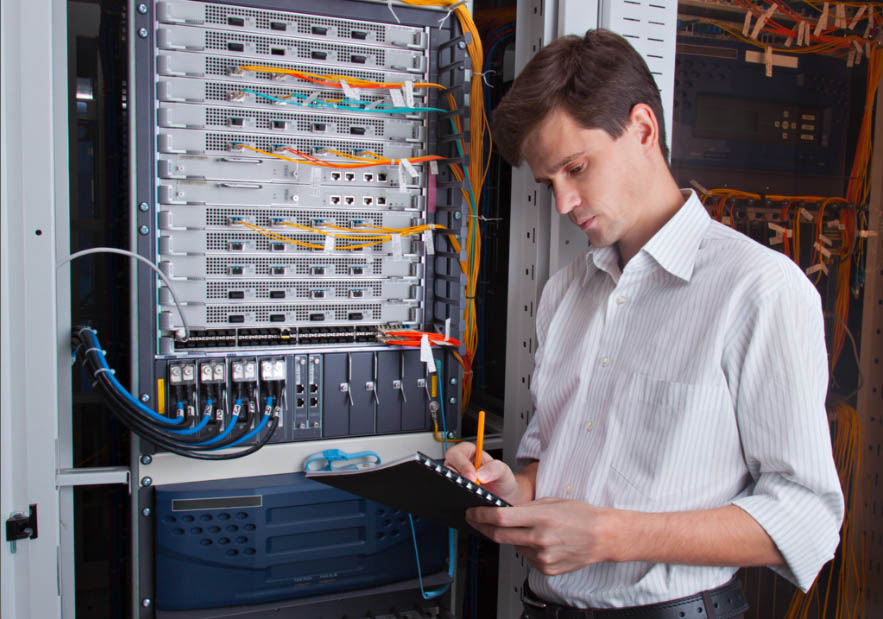部落格
主頁 » 部落格 » The Impact of IoT, Cloud, and Mobility on Data Center Power and Cooling Infrastructure
The Impact of IoT, Cloud, and Mobility on Data Center Power and Cooling Infrastructure
Posted on April 21, 2016 by Gento

Take a snapshot of your data
First, let’s peer into the network side of things. In an article from March 2016, Karen Riccio from Data Center Knowledge wrote:
“Today, a slew of disruptive trends are placing back-breaking demands on existing networks and data center infrastructure. In fact, these much beefier requirements for speed and bandwidth have grown so far so fast that the IT world simply can’t keep up.”
What’s at the root of this onslaught?
“It pretty much boils down to a whole lot of people trying to access the same data or files or movies at the same time. It’s no different than the too-many-cars-on-the- freeway scenario, or trying to connect to the Internet and Xbox to play the new version of Halo on Christmas night.”
Riccio points to trends like bring your own device to work (BYOD), cloud, and IoT, that all require real-time processing. These trends are major drivers in the shift from centralized to stratified network infrastructure. In short, traditional data centers just weren’t designed for this.
Read more of Riccio’s article in the latest edition of the Hot Aisle.
Similarly, data center power and cooling infrastructure was not designed for this brave new interconnected world. In the past, you could get away with little downtime here and there. Today and in the future, that’s just not going fly. But with everything from equipment to architecture still in flux, how should you approach power and cooling infrastructure over the next five years?
The key will be designing flexibility into your power infrastructure. What exactly does that mean? It means addressing current power and cooling needs while leaving enough headroom for future growth. It’s an important consideration because both under and over-provisioning are costly, each in their own way.
Sure, you can head to a colo or deploy to a cloud service. But, in some cases it just makes way more sense to stay in-house, or have some combination thereof. Should you remain in-house, design considerations must include: peak power demands, balancing electrical loads, scalability, high availability, energy efficiency, and more. No pressure at all (internet sarcasm)!
In summary, data centers are changing fast as a result of IOT, cloud, mobility and other disruptive trends. The decisions you make about infrastructure today will have a ripple effect. You want to make sure that you’re delivering the right amount of power and cooling today and five years down the road. So, choose an approach that balances reliability and scalability.
Watch our webinar to learn how YOU can design flexibility into your power infrastructure.
Other Blog Posts
- 從資料中心失效對企業帶來的骨牌效應──探討感測器的重要性
- Posted on November 5, 2023
- 更高規格的電源要求加速AI市場成長與Raritan PDU的採用
- Posted on October 11, 2023
- 資料中心服務中斷次數減少,但停機的代價仍舊可觀
- Posted on September 20, 2023
- 意見調查:資料中心面臨能源使用與人力短缺困境
- Posted on September 20, 2023
- Raritan安全切換器:相容於Secure NIAP 4.0的桌上型KVM
- Posted on September 20, 2023
訂閱
近期活動
- New Zealand Cloud & Datacenter Convention 2022
- 3 November 2022, 9am – 4pm • Grand Millennium Hotel, Auckland, New Zealand
- Data Centre World Singapore
- 12th – 13th Oct 2022
- Korea Cloud & Datacenter Convention 2022
- 6th Oct 2022
- Philippines Cloud & Datacenter Convention 2022
- 4th Aug 2022
- JANOG50 Meeting Hokkaido
- 3th – 15th July 2022
Raritan最新新聞
- Legrand 使用兩大創新智慧型機架 PDU 重新活化資料中心產業
- Posted on May 1, 2023
- Exclusive interview丨How does Huizhou upgrade its manufacturing industry?
- Posted on December 2, 2021
- Raritan 發表 MasterConsole® 數位雙電腦切換器
- Posted on February 18, 2021
- Legrand Data, Power and Control Division Announced as Finalist in Six Categories at DCS Awards 2020
- Posted on November 9, 2020
- Raritan 新款智慧機櫃控制器 (SRC) 可智慧管理資料中心與關鍵任務設施的環境與安全性資訊
- Posted on November 9, 2020